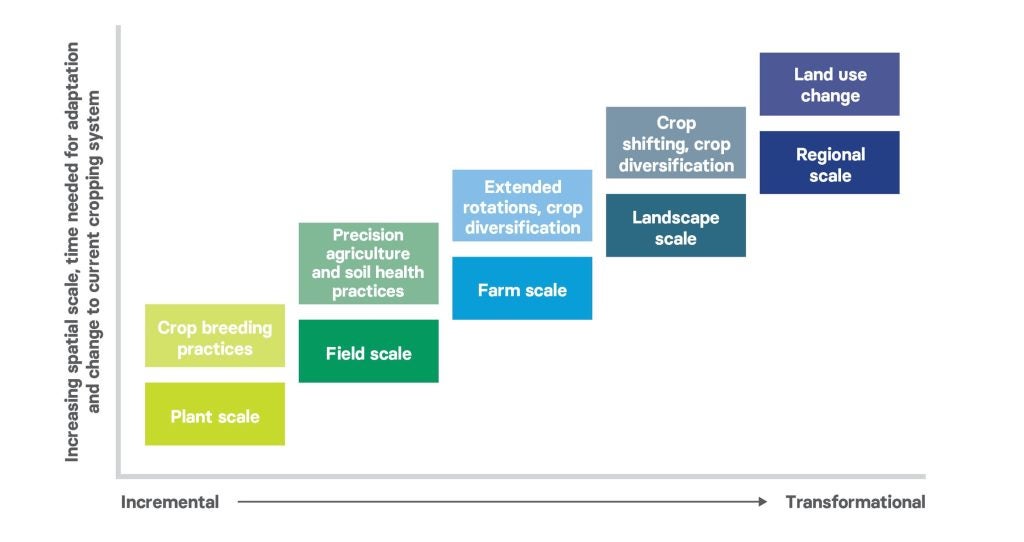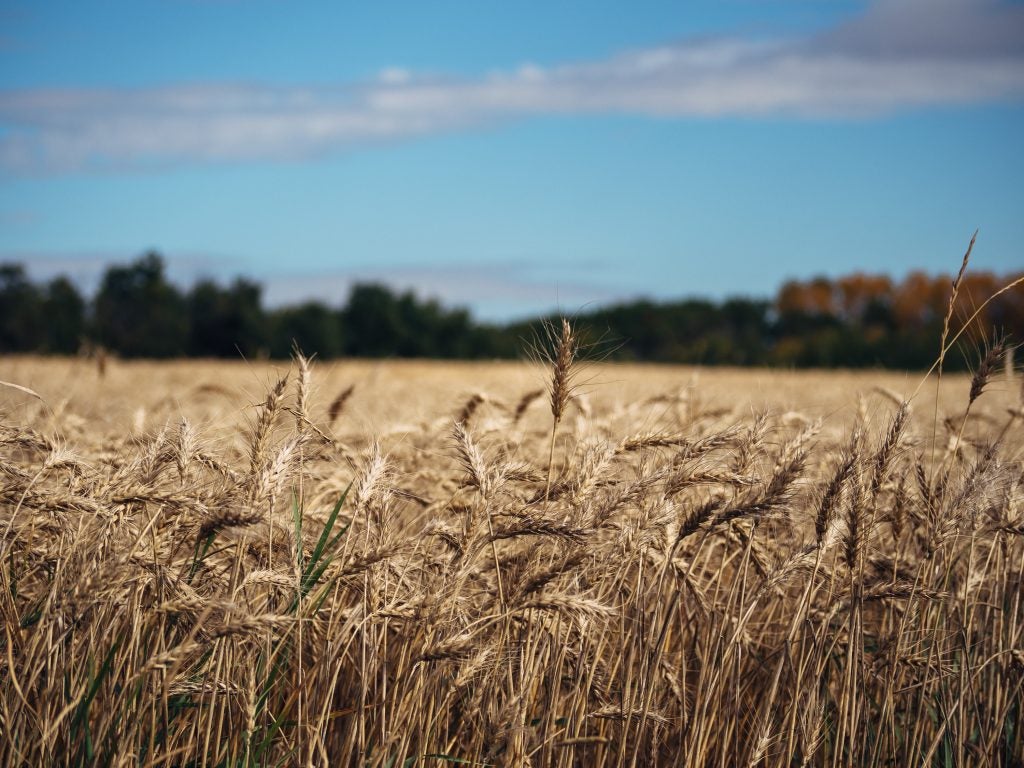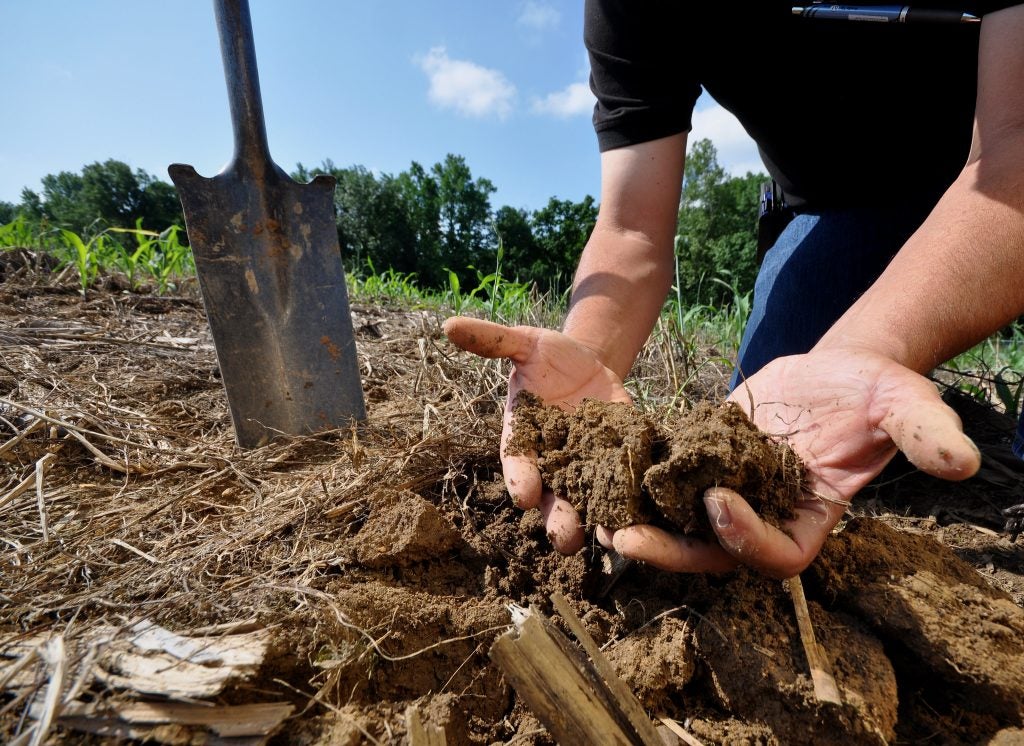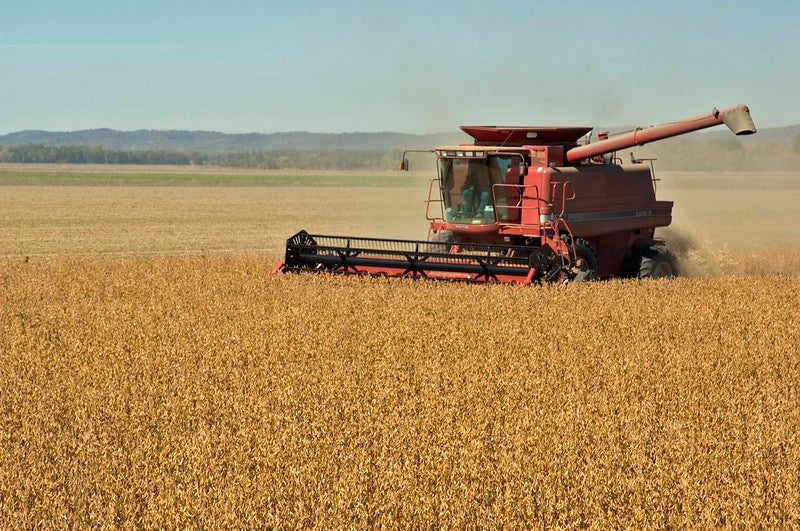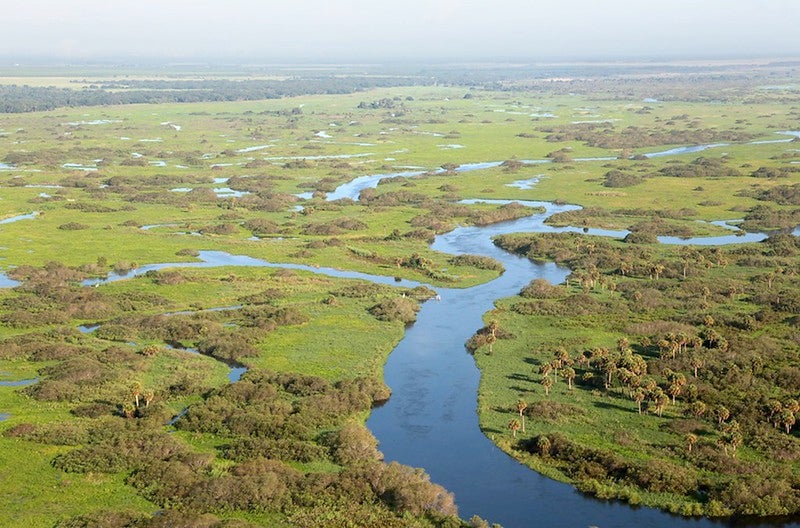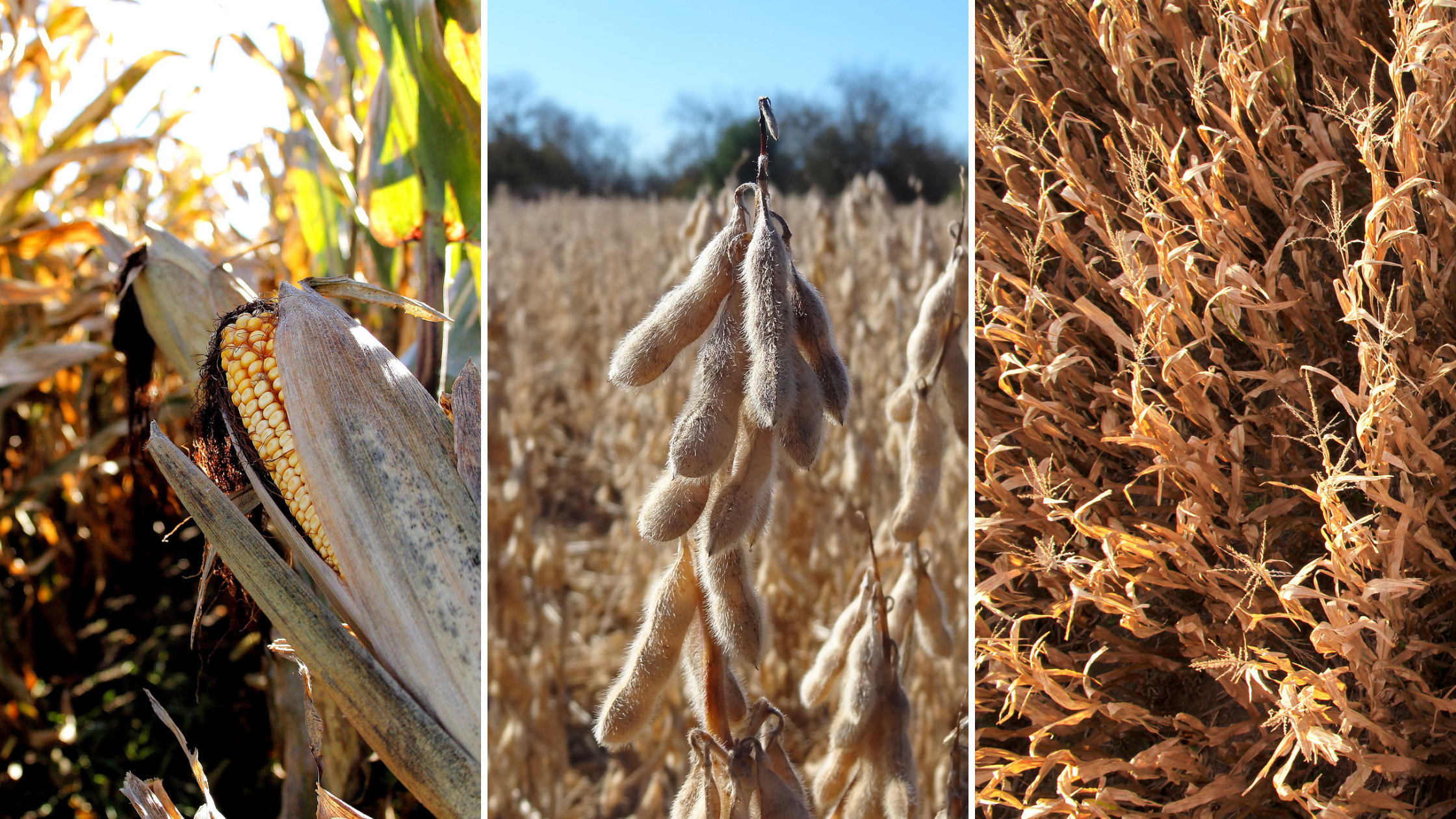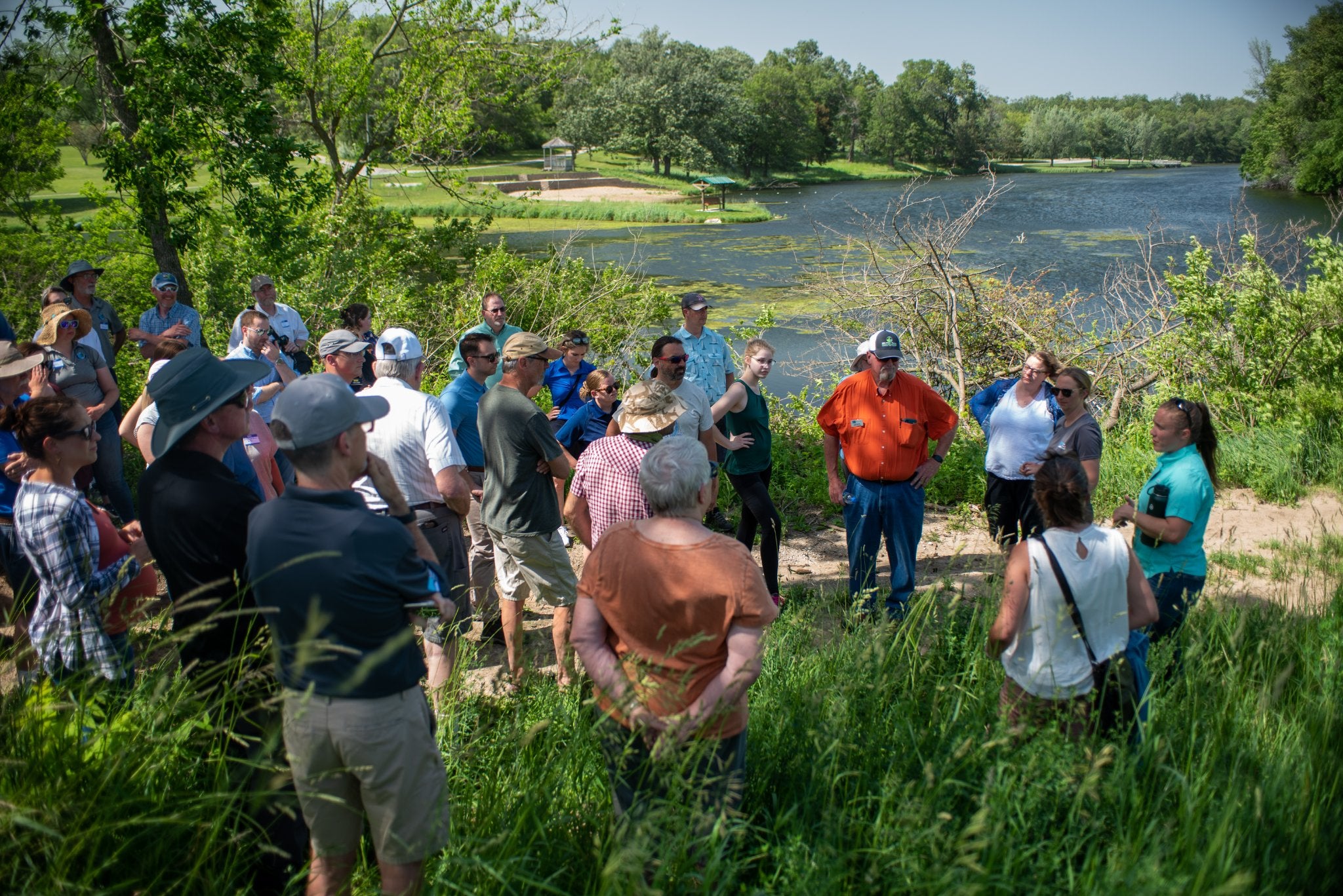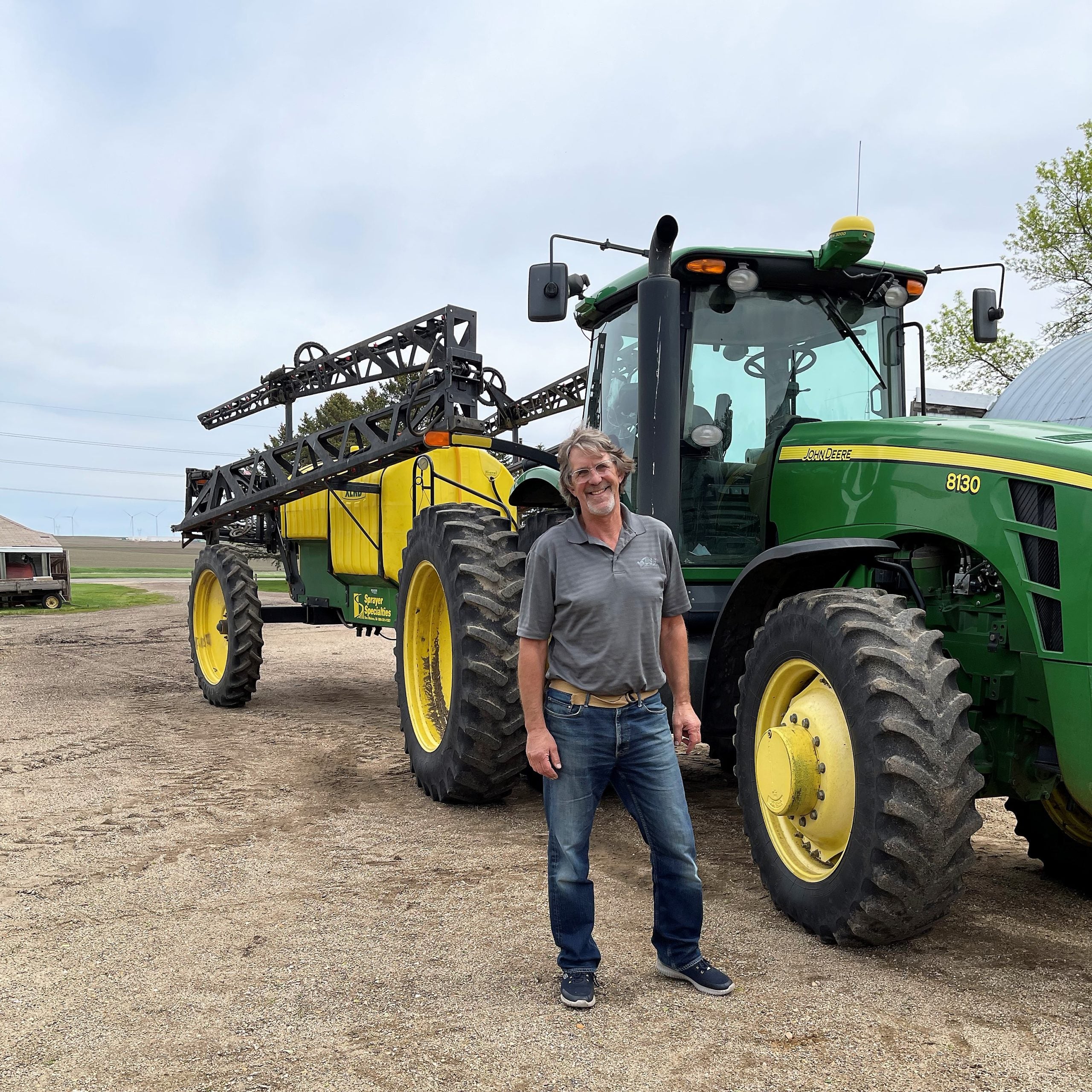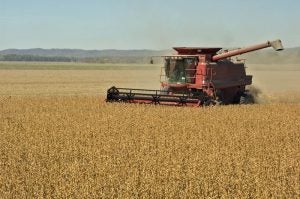
Five ways U.S. agriculture can adapt to climate change
Farmers have a long history of steadily increasing crop yields through technological innovation and improvements in management practices. However, as climate change makes weather more extreme and variable than ever before, productivity progress will likely stall by 2030 — even if the U.S. maintains past rates of R&D investment and innovation. Adaptation efforts must begin now to protect food supplies and farmer livelihoods.
Adaptation options can be deployed at various scales to combat the unknown challenges ahead.
Adaptation efforts, whether incremental or transformative, are urgent
Adaptation opportunities can range from incremental to transformational. Incremental changes modify the current cropping system, typically at the scale of an individual plant or crop field. Transformational changes alter the existing cropping system, typically at the landscape or regional scale.
Each category on the spectrum of adaptation options (as seen in the graph above) has countless strategies. The five most popular strategies for each category are below.
Option 1: Reworking crop breeding practices
Recent technological strides have enabled scientists to rework plant characteristics at the genome level through CRISPR editing and genomics-enabled hybrids. For example, desired traits like drought tolerance found in ancient wheat varieties from the Middle East and Africa have been incorporated into new wheat hybrids and are currently deployed on over 10,000 acres of Kansas winter wheat, projected to grow to 100,000 acres by 2025.
Option 2: Improving soil health
Soil health is critical for building resilience to climate change and can be improved through a range of soil health practices, namely the planting of cover crops and the reduction or elimination of tillage. In times of water stress, like flooding or drought, fields with healthy soils can retain and drain water with minimized impact to crop yields.
Option 3: Extended crop rotations
Crop rotation is the practice of growing different crops in succession on the same land. Extended crop rotations contain more distinct crop types than the average crop rotation. An example of this would be to include more wheat in the standard corn-soybean crop rotation. Expanding the number of crops in crop rotations can help break cycles of pests and disease, reducing pesticide costs and improving yield.
Option 4: Crop shifting
In some landscapes, switching from historically grown crops to new crops better adapted to the shifting climate may be beneficial. This practice is called crop shifting. Many regions practice this once they have reached the limits of adaptive capacity. For example, some Kansas wheat farmers are switching to more resilient crops like sunflowers, rye or oats.
Option 5: Land use change
Alternative land use, or land repurposing, involves transforming agricultural land to new land uses that may be more suitable for the current conditions. Examples include community parks, restored floodplains and dedicated groundwater recharge basins. Farmers can even be compensated by the public for providing these ecosystem services.
What’s next?
Row crop farmers across the Midwest will face an increasing climate burden on crop yields, but the extent of this burden will vary geographically and by crop. Therefore, successful adaptation efforts must be as localized as possible.
We need further research to determine the level of adaptation required for specific crops, farms and regions. However, utilizing various approaches at different scales will heighten climate resilience and ultimately make adaptation more successful.
The lead time for transformative adaptation is much longer than for incremental adaptation, so planning for transformation must begin long before it is needed. The time to act is now.










